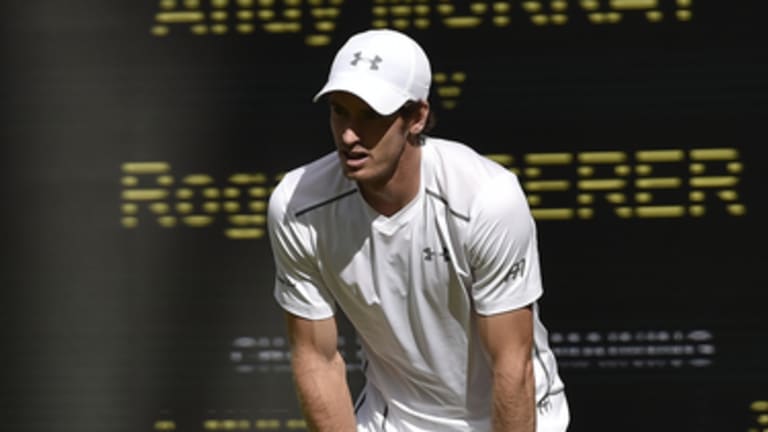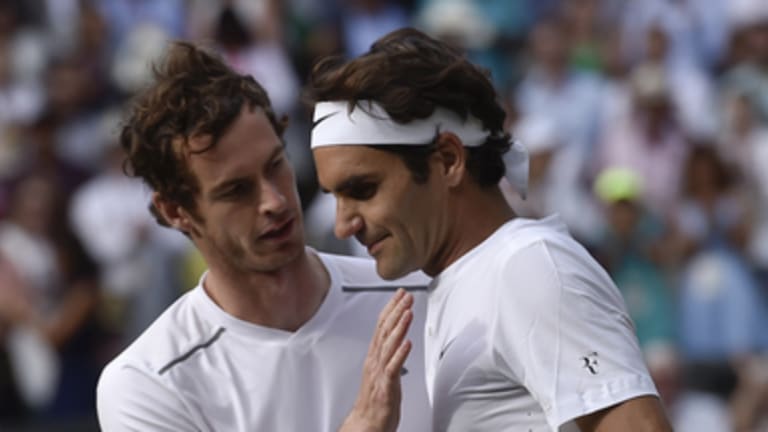In 2006, the late author David Foster Wallace traveled to Wimbledon to write an article about the No. 1 men's tennis player in the world at the time. A little more than a month later, Wallace disgorged multiple thousands of words—many of them in tiny footnote type—on the subject in a soon-to-be-famous article for the New York Times Magazine entitled “Federer as Religious Experience.” Despite its weighty premise, and a drastically shortsighted view of Federer’s budding rival at the time, Rafael Nadal, the piece became a classic, and has remained the defining view of the then-24-year-old Federer at the peak of his career.
Of those multiple thousands of words, and the often-complex thoughts they contained, the ones that I remember best came in the final two sentences; they appeared after the article had ended, in a footnote on the bottom of the last page. Wallace, writing as if he were sitting in Centre Court, summed up the experience of watching Federer with a simple appreciative thought, which doubled as an equally simple directive for the rest of us:
“Just look at him down there,” he wrote of Federer in his fullest flight. “Look at that.”
On Friday, nearly a decade after Wallace gave us that advice, the tennis world was looking again at Federer on Centre Court. He’s 33 years old and a father of four now, and his peak years are behind him—at least they appeared to be behind him before today. If there was ever a dominating performance, a “turn back the clock” performance, it was Federer’s 7-5, 7-5, 6-4 win over Andy Murray in the Wimbledon semifinals. The scores weren’t all that close, but they still make the match sound closer than it was.


